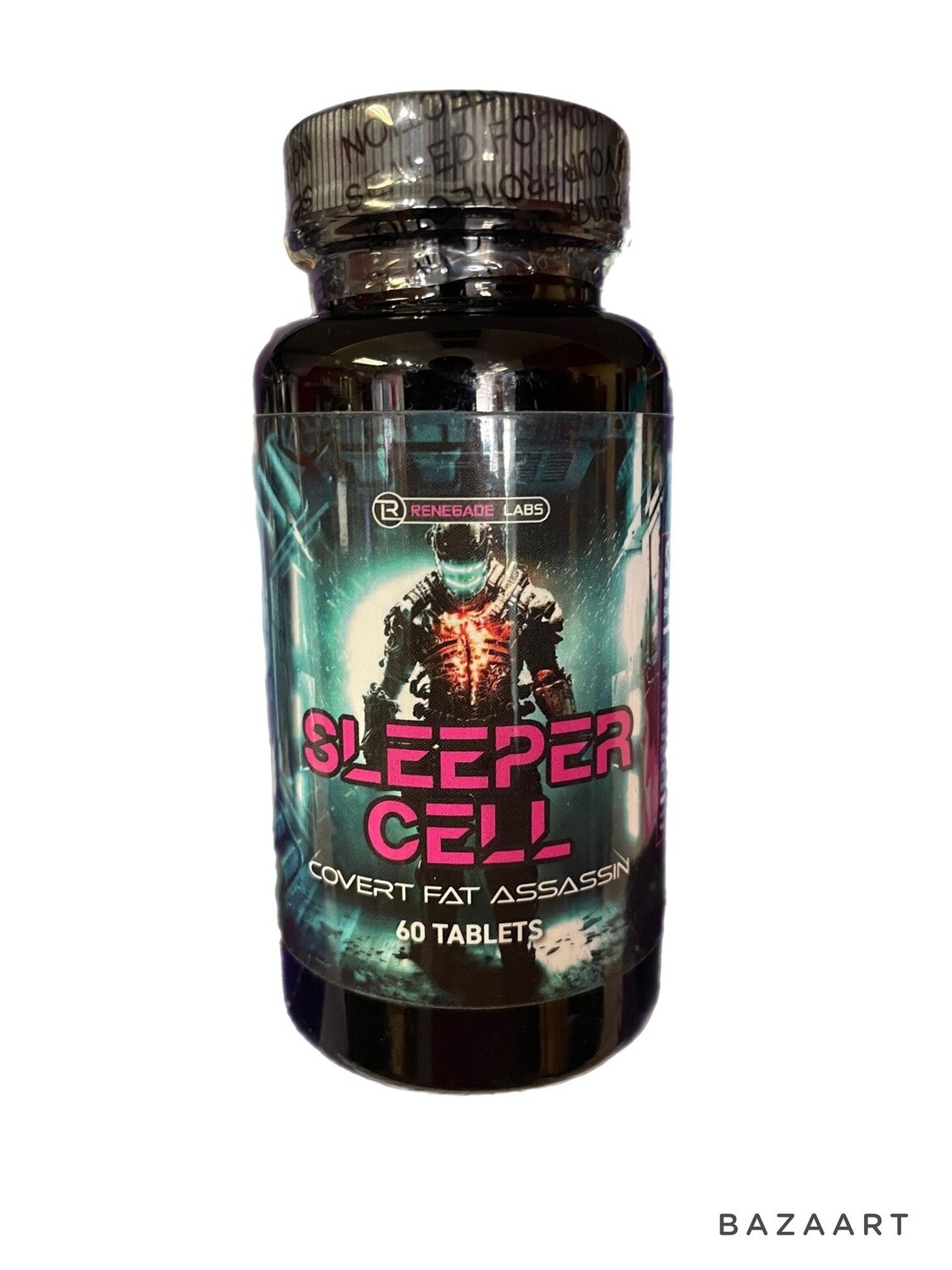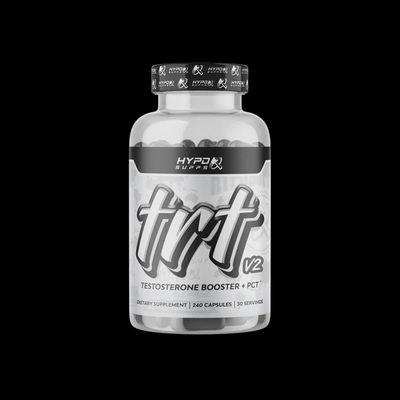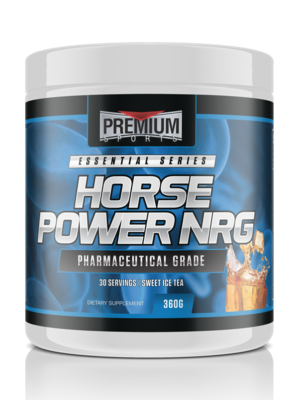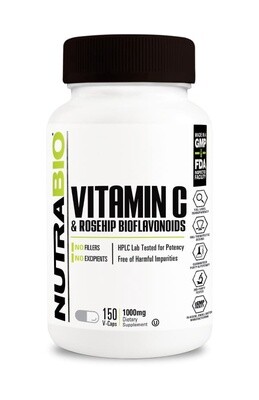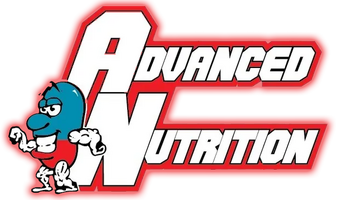SLEEPER CELL / RENEGADE LABS
GDA Supplements
Before we get into why you might want to add a glucose disposal agent to your supplement arsenal, we must briefly explain a few key concepts around carbohydrate metabolism and the hormones that come into play.
Carbs
Carbohydrates are made up of carbons, hydrogens and oxygens. The smallest of these, are monosaccharides (i.e. glucose, C6H12O6), the larger chains are known as polysaccharides (starch, cellulose, glycogen…). When we consume carbohydrates, digestion of carbohydrates begins right away in the mouth and is completed in the small intestine by the amylase enzyme to break those long chains down into glucose, where it can be used as fuel, or stored as glycogen in the liver and muscles for later use.
Carbohydrates are not technically 'essential' for human life in the way that fats and proteins are, but they are most readily broken down for fuel. This makes concentrating the bulk of them around workouts the ideal approach.
Insulin
Insulin is released when we eat to facilitate the uptake of nutrients into the cells. Take for example a bodybuilder eating a large portion of rice before a heavy workout – the goal is for as much of those carbohydrates to be available to fuel lifts as possible. In this way, insulin is considered something of an anabolic hormone, hence its use in bodybuilding, as it draws nutrients into cells.
If insulin was not present, or sensitivity was reduced, blood sugar would become dangerously high after eating and the cells miss out on the benefits of the meal. This is the reason why both type one and two diabetes are associated with dramatic, unexplainable changes in weight. If this is a concern, please see your GP for testing and treatment options.
Exercise and a healthy diet are arguably your most valuable tools for keeping insulin in check as a healthy individual looking to maximise all variables. Remember that carbs are not the enemy, nor is insulin. Carbohydrates are our most readily available fuel source and insulin pushes nutrients into our cells. One way to easily check how well you are utilising carbs, is to purchase a blood glucometer and test your fasted blood glucose (first thing in a morning, you may consume water with some sea salt before taking a reading but no food/BCAAs/etc). Readings can also be taken pre and postprandial (around meals) as you gain a better understanding of what your ‘normal’ is. As a rule of thumb, regular fasted readings of 6.1mmol are a red flag, but we would expect lower as an athlete.
GDAs
A glucose disposal agent (GDA) is a non-hormonal supplement that mimics how insulin would work. Quite literally, they make the body more efficient at disposing of glucose in the bloodstream. Despite being relatively simple and incredibly valuable when used correctly, there is some misunderstanding around what GDAs do and who can get the most value out of them.
An effective GDA will assist in shuttling glucose into the muscle cells for storage as glycogen so that less insulin needs to be released after consuming a high carbohydrate meal. Many athletes will concentrate the bulk of their carb intake around workouts, therefore a GDA with your pre-workout meal makes a lot of sense. More muscle glycogen=bigger pumps, better nutrient delivery, increased performance and the potential to build more muscle. Used at other times of the day, a GDA will keep blood glucose stable and assist recovery.
